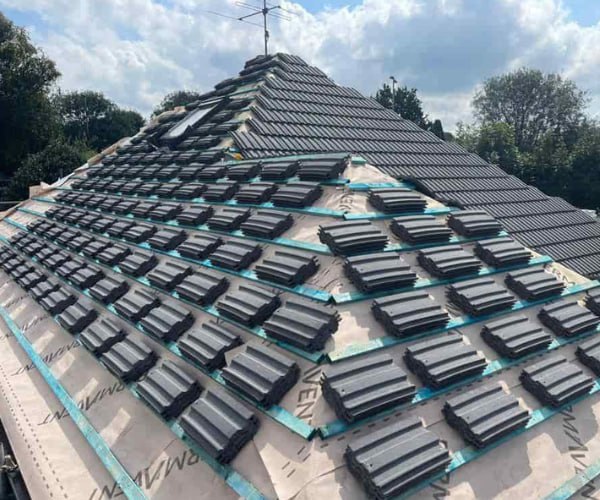Proper Lead Flashing Installation Techniques
Introduction: Lead flashing is a critical component of roofing systems as a protective barrier against water infiltration. Proper lead flashing installation is essential to ensure your roof remains watertight and resistant to leaks. In this blog post, presented by LKN Roofing Shortstown, we will discuss the key techniques and best practices for ensuring a successful lead flashing installation.
1. Choose the Right Lead Material
The first step in a successful lead flashing installation is selecting the appropriate lead material. Commonly used lead grades for flashing include Code 3, Code 4, and Code 5, with higher codes indicating thicker and more durable lead. The choice of lead material should depend on the specific requirements of your roofing project.
2. Measure and Cut Accurately
Accurate measurements are crucial when cutting lead flashing sheets. Measure the area where the flashing will be installed carefully, allowing for any necessary overlaps or bends. Use specialised lead working tools, such as lead knives and straight edges, to achieve precise cuts.
3. Create Proper Overlaps
Overlap joints are essential in lead flashing installations to ensure water is directed away from vulnerable areas. The standard overlap for lead flashing is typically 150mm (approximately 6 inches). Ensure that the overlapping sections are adequately sealed and secured.
4. Use Appropriate Fixings
Properly securing lead flashing is critical to prevent it from shifting or lifting during adverse weather conditions. Use appropriate fixings like lead wedges, lead clips, or copper nails to secure the flashing. These fixings should be spaced at regular intervals to provide consistent support.
5. Form Drip Edges and Step Flashing
To direct water away from walls, chimneys, or other protrusions, it’s essential to form drip edges and step flashing. These elements should be carefully shaped and integrated into the lead flashing system to create a seamless transition between the roof and vertical surfaces.
6. Avoid Abrasions and Creases
Avoid causing abrasions or creases in the lead material during installation. Lead is malleable but can weaken if bent too sharply or repeatedly. Use wooden rollers or soft mallets to gently shape the lead without damaging it.
7. Seal Joints and Overlaps
Proper sealing is crucial to prevent water infiltration. Use high-quality lead sealant or mastic to seal joints, overlaps, and fixing points. Ensure that the sealant creates a watertight barrier, and inspect it regularly for signs of wear or deterioration.
8. Periodic Inspections and Maintenance
After installation, schedule regular inspections and maintenance to check the condition of your lead flashing. Look for signs of damage, shifting, or corrosion and address any issues promptly to prevent water leakage.
Conclusion: Proper lead flashing installation is critical to roofing, ensuring your home remains protected from water damage and leaks. By following these installation techniques and best practices, you can have confidence in the durability and effectiveness of your lead flashing system. At LKN Roofing Shortstown, we specialise in roofing services, including lead flashing installation, to safeguard your home against water infiltration and maintain the integrity of your roofing system.
Call us on: 01234 860 695
Click here to find out more about LKN Roofing Shortstown
Click here to complete our contact form and see how we can help with your roofing needs.

